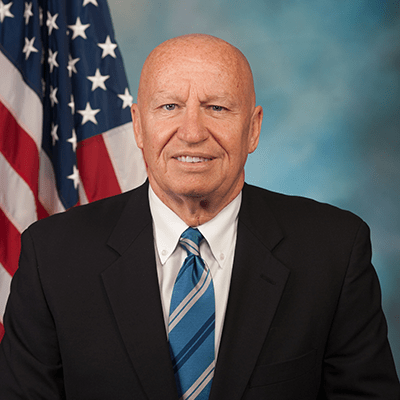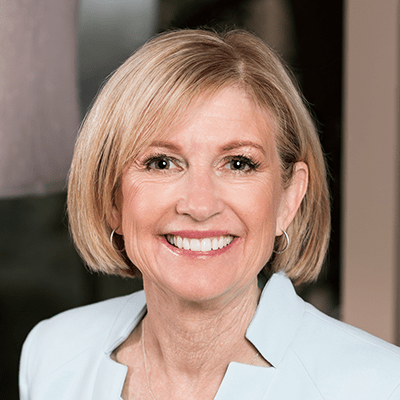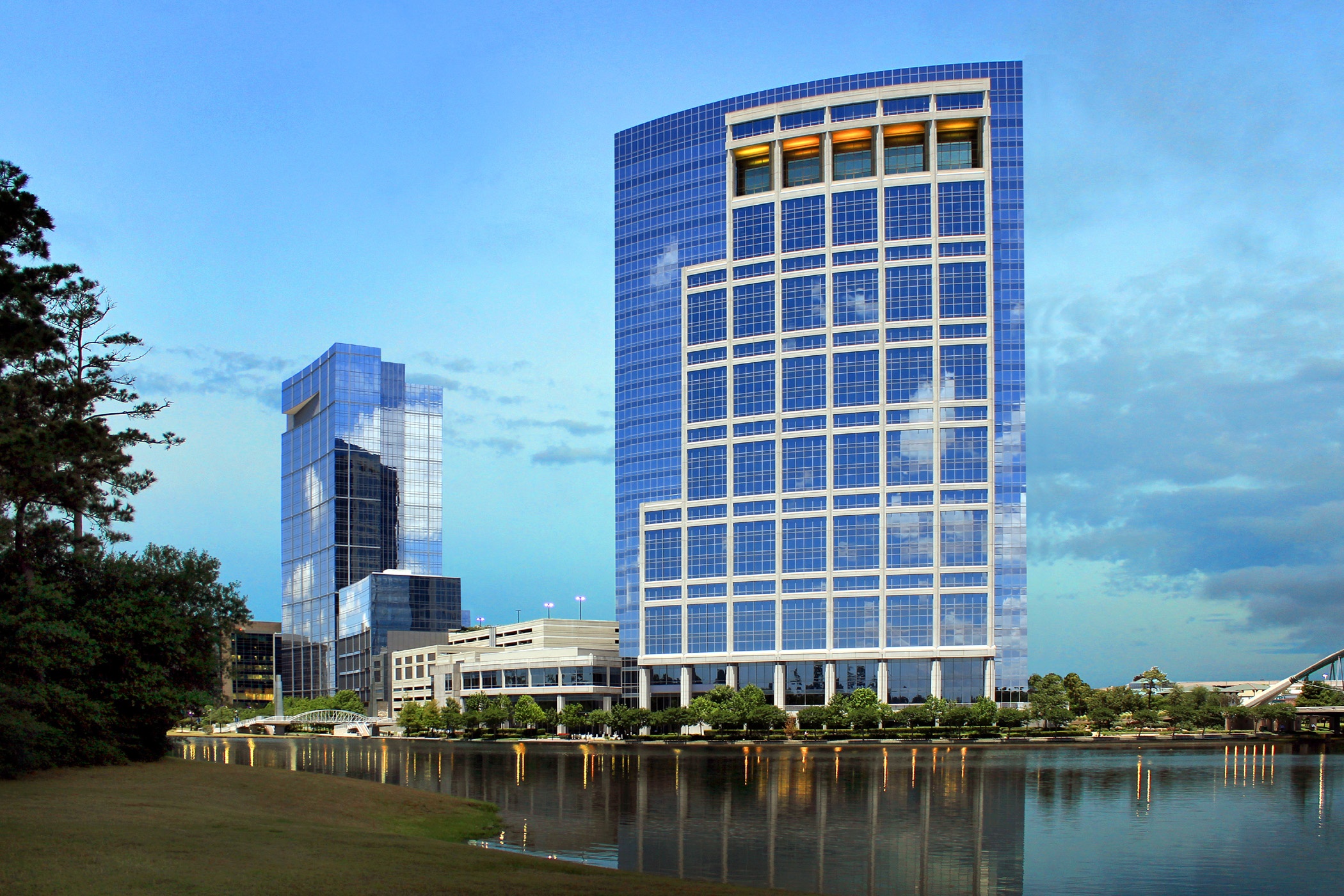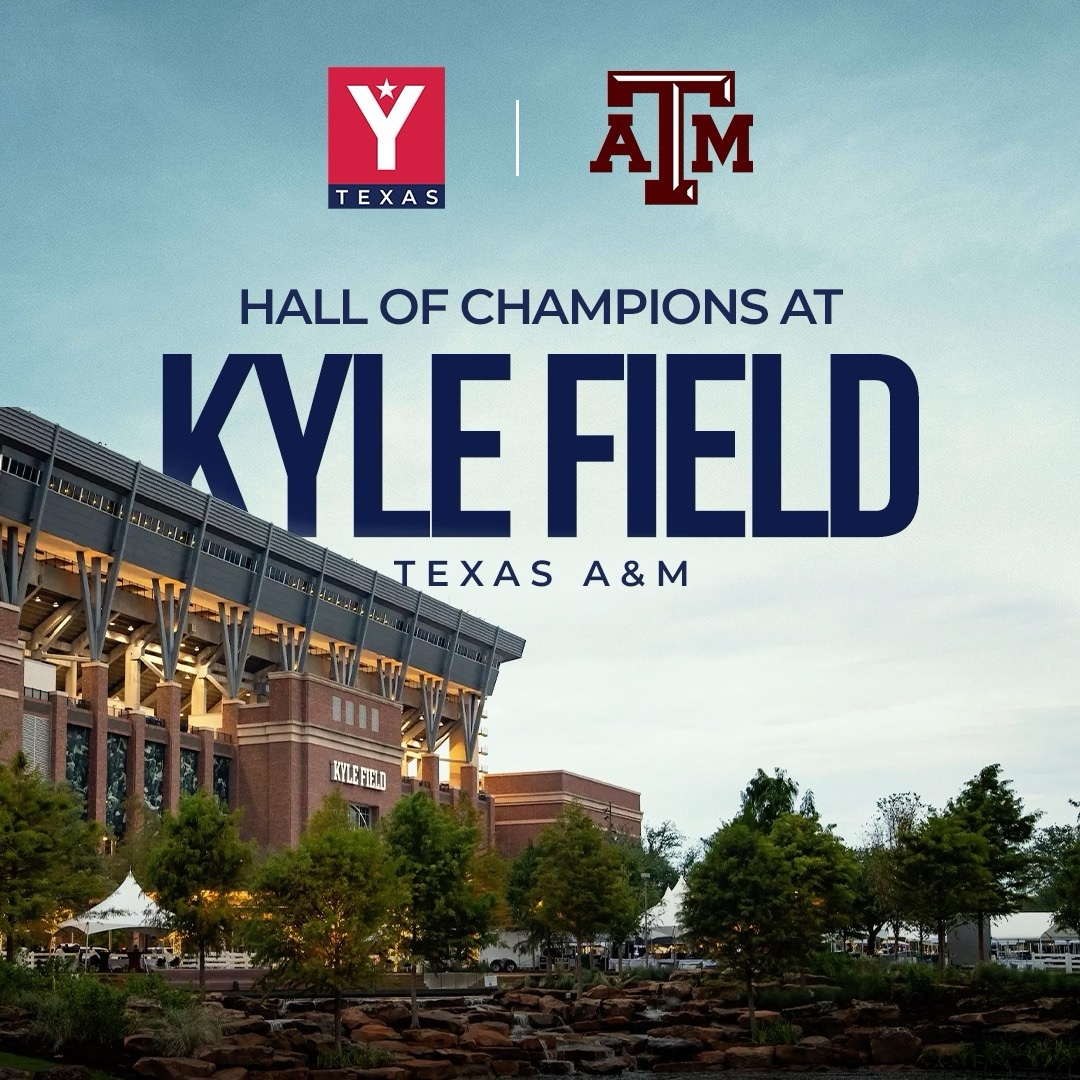News Provided by YTexas
March 7, 2022
Nearly 50 years after its founding, The Woodlands offers residents and corporations a model combining the amenities and convenience of urban life with the freedom and affordability of smaller communities.
”LIKE MANY OTHER PLANNED COMMUNITIES, THE WOODLANDS ALSO OFFERS MORE DIVERSITY THAN A TYPICAL SUBURB.
The concept of the master planned community has deep historical roots. It goes as far back as the ancient Greek city of Miletus and continues through England’s “Garden Cities” movement of the early 20th century.
When Texas oil entrepreneur and philanthropist George Mitchell conceived of The Woodlands, Texas, in the 1970s, he was continuing this long tradition. Mitchell envisioned a community where residents could lead engaged, prosperous lives while nestled in the dense woodland of Texas, 27 miles north of Houston.
On October 19, 1974, that vision became a reality as Mitchell’s wife, Cynthia, snapped a ribbon in two at the opening ceremony.
Today, The Woodlands is a Texas success story. It is home to over 120,000 residents and 2,300 employers, with 1.5 jobs per household—Mitchell’s exact jobs target from the 1970s.

The Woodlands represents a much broader movement in the country. The Houston-based Urban Reform Institute recently found in its The Next American Cities report that 2.7 million Americans left urban cores between 2010 and 2020, with 2 million moving to master planned “new American cities” like The Woodlands. The report’s introduction by Charles Blain notes that these new-style communities offer a “combination of affordability, amenities, and proximity to the large cities, but without the burdensome, heavy-handed regulations of local government or many of the social ills running rampant in our cities.”
But places like The Woodlands are also distinct from typical suburbs. They are self-sufficient communities with lots of amenities—including parks, nature trails, pools, art, entertainment, and business opportunities—and are destinations in their own right, not places people have to commute out of for work.

“It’s not a bedroom community, and that’s a credit to George Mitchell and the visionaries who started The Woodlands,” says Jim Carman, president of the Houston region for The Howard Hughes Corporation. (The Howard Hughes Corporation oversees the nation’s largest portfolio of large-scale master planned communities, including in The Woodlands, where it moved its headquarters in 2020.) “More people actually commute to The Woodlands than out of The Woodlands. That’s very unique for a community outside a major urban core like Houston.”
In 2021, The Howard Hughes Corporation said that its master planned communities had their strongest year of land sales in the company’s history. David O’Reilly, the company’s CEO, notes a new trend: “People are now telling their employers where they want to live and what type of lifestyle they want to enjoy. And the companies are following them to these great locations like The Woodlands, not the other way around.”
Carman says he is often asked whether The Howard Hughes Corporation is worried about losing tenants in its office portfolio as so many workplaces operate on remote or hybrid models. He says no. “Communities like The Woodlands are going to be the beneficiaries of those decisions. A company in Houston might decide to go from 500,000 square feet to 250,000. Where are they going to look? They’ll look for places with great quality of life, because they’re going to need that to attract and retain talent. And they’re going to look for a pro-business, pro-growth environment. The Woodlands has all that.”

“You don’t have to worry about recruiting people to The Woodlands,” says U.S. Congressman Kevin Brady, whose district includes The Woodlands. “Employers have their pick of talented people who’ve moved here from around the world because they love the diversity and quality of life.”
Brady echoes the fact that companies find The Woodlands attractive because of its pro-business environment—something that benefits the companies and citizens alike. “The Woodlands’ governance is part of its innovation. It uses a much lighter touch. That forces accountability to the residents. It sets high standards, but without the high costs or the bureaucracy of a typical city hall. The result is a focus on what communities really need: affordable housing, safe neighborhoods and communities, public parks and amenities.”

Linda Nelson, immediate past president of the Woodlands Area Chamber of Commerce, points to a couple of additional aspects of The Woodlands that make it special. One is its emergence as a medical hub. Healthcare currently accounts for about 30 percent of the township’s employment.
“We are the only county in the Greater Houston area that has all six brands of hospitals,” Nelson notes, “MD Anderson, St. Luke’s, HCA, Houston Methodist, Texas Children’s, and Memorial Hermann.
People here know that their kids and the sick and the elderly will be taken care of by the best. Doctors and specialists come to us and say, ‘Do you have openings?’ because they’ve done their homework and they want to live here.”
Nelson also sees the Lone Star College System as a vital part of success. “Talk about flexibility. If they see a need in the workforce, they can change their curriculum. When we need lab techs or CNAs [certified nursing assistants], we can go to them and within a few short months, they already have a course being offered.”
As all of our state’s metro areas boom, places like The Woodlands offer a variation on the theme of Texas success: a little smaller, a little more self-contained, but no less conducive to business and personal thriving.








